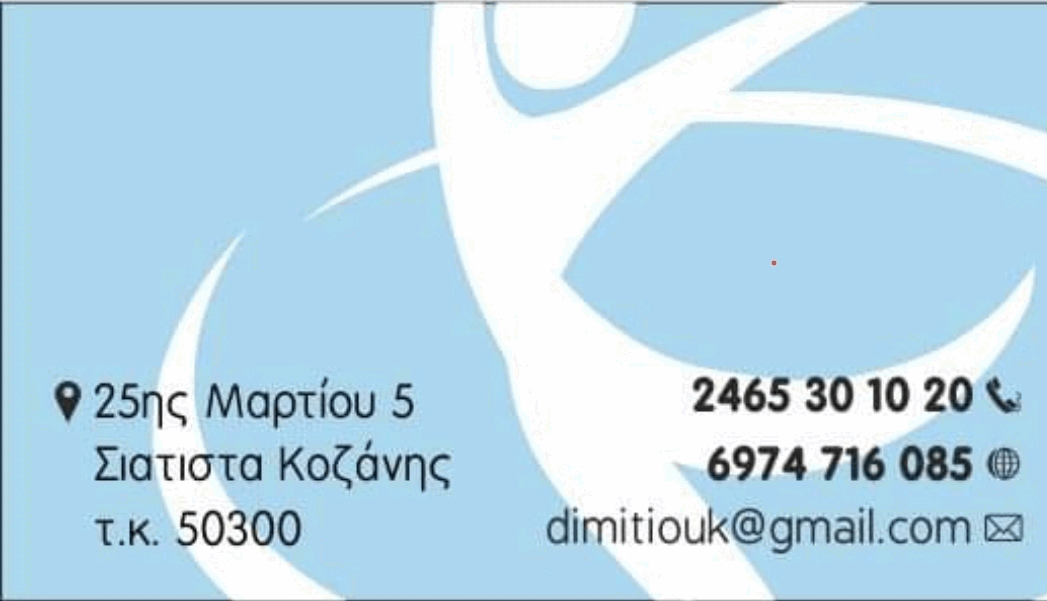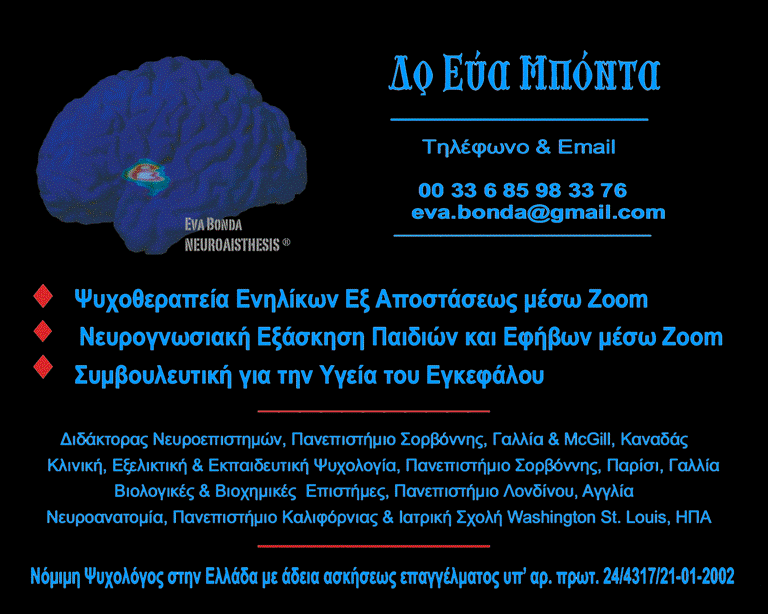Οι αλλαγές στην υφή και το χρώμα που έχει το δέρμα, αλλά και στην ανάπτυξη των μαλλιών και νυχιών μπορεί να αποτελούν την πρώτη ένδειξη ότι ο θυρεοειδής σας δεν λειτουργεί ομαλά, αλλά έχετε αναπτύξει υποθυρεοειδισμό ή υπερθυρεοειδισμό.
Για τους ειδικούς αυτό είναι αναμενόμενο, δεδομένου του ρόλου που επιτελεί ο θυρεοειδής στην ανάπτυξη και στην υγεία του δέρματος.
«Οι ορμόνες του θυρεοειδούς διαδραματίζουν σημαντικό ρόλο στην ανάπτυξη του δέρματος κατά την εμβρυϊκή ζωή», λέει ο δερματολόγος-αφροδισιολόγος Χρήστος Στάμου. «Το ίδιο και στη διατήρηση της φυσιολογικής λειτουργίας του δέρματος των ενηλίκων. Όταν τα επίπεδά τους αποκλίνουν από το φυσιολογικό, επηρεάζονται όλα τα όργανα του σώματος και σε αυτά συμπεριλαμβάνεται το δέρμα».
Έχει διαπιστωθεί ότι οι ορμόνες που παράγει ο θυρεοειδής επηρεάζουν κάθε στοιβάδα του δέρματος αφού:
- Διεγείρουν την κατανάλωση οξυγόνου από τα κύτταρα της επιδερμίδας
- Ρυθμίζουν την σύνθεση πρωτεϊνών, την μίτωση και τον προσδιορισμό του επιδερμικού πάχους
- Είναι απαραίτητες για την έναρξη και τη διατήρηση της ανάπτυξης των μαλλιών
- Είναι απαραίτητη για τη φυσιολογική έκκριση σμήγματος (το λίπος στο δέρμα)
Ο υποθυρεοειδισμός
Αναλόγως με την πάθηση του θυρεοειδούς στο δέρμα μπορεί να αναπτυχθούν διαφορετικά συμπτώματα. Η πιο συχνή θυρεοειδοπάθεια είναι ο υποθυρεοειδισμός. Κατ’ αυτόν το δέρμα γίνεται:
- Ξηρό
- Χλωμό
- Λεπτό
- Ψυχρό
Η ψυχρότητα οφείλεται στη μειωμένη αντοχή του σώματος στις χαμηλές θερμοκρασίες. Η δυσανεξία στο ψύχος προκαλεί συστολή των αγγείων του δέρματος, για να μεταφερθεί το αίμα στα ζωτικά όργανα βαθιά μέσα στο σώμα. Η ωχρότητα «οφείλεται στη μη φυσιολογική περιεκτικότητα του δέρματος σε βλεννοπολυσακχαρίτη και νερό», λέει ο κ. Στάμου.
Το εξαιρετικά ξηρό δέρμα είναι πολύ συχνό. Το παρουσιάζει ποσοστό έως και 59% των πασχόντων από υποθυρεοειδισμό. Μπορεί να οφείλεται σε μειωμένη λειτουργία των εκκρινών (ιδρωτοποιών) αδένων. Στις πολύ σοβαρές περιπτώσεις υποθυρεοειδισμό οι ασθενείς μπορεί να πάψουν να ιδρώνουν. Αυτό μπορεί να οδηγήσει:
- Είτε σε κερατόδερμα (πάχυνση του δέρματος) και ξηρότητα των παλαμών και των πελμάτων
- Είτε σε έκζεμα craquelé (το δέρμα έχει πάρα πολλές μικρές ρωγμές, σαν το γυαλί κρακελέ).
Επιπλέον, οι παλάμες και τα πέλματα των ασθενών μπορεί να εμφανίσουν έναν κιτρινωπό αποχρωματισμό. Η αιτία του είναι τα αυξημένα επίπεδα καροτενοειδών στο πλάσμα του αίματος (η κατάσταση λέγεται δευτεροπαθής καροτιναιμία).
Οι πληγές, οι τρίχες και τα νύχια
Μια άλλη επίπτωση του υποθυρεοειδισμού στο δέρμα είναι η τάση για επιβράδυνση στην επούλωση των πληγών. Η επιβράδυνση εξαρτάται από τα ορμονικά επίπεδα του πάσχοντος.
Ο υποθυρεοειδισμός μπορεί επίσης να προκαλέσει απώλεια του εξωτερικού τρίτου των φρυδιών (η κατάσταση λέγεται μαδάρωση – madarosis). Μπορεί ακόμα να οδηγήσει σε μειωμένο αριθμό εύθραυστων τριχών στο σώμα. Σε τέτοια περίπτωση οι τρίχες έχουν τραχιά υφή, εξαιτίας της περιορισμένης έκκρισης σμήγματος. Οι ηβικές και οι μασχαλιαίες τρίχες μπορεί επίσης να είναι αραιές.
«Έχει αποδειχθεί ότι ο υποθυρεοειδισμός εμπλέκεται άμεσα στον κύκλο ανάπτυξης της τρίχας», τονίζει ο κ. Στάμου. «Οδηγεί σε επιβράδυνση της ανάπτυξής της και μπορεί να γίνει αιτία αλωπεκίας».
Ο υποθυρεοειδισμός μπορεί να επηρεάσει και τα νύχια, προκαλώντας:
- Δυσμορφίες στο σχήμα και στο χρώμα τους (εύθραυστα και λεπτά που ξεφλουδίζουν ή/και έχουν ραβδώσεις)
- Προβλήματα στην προσκόλλησή τους στην κοίτη (βάση) τους.
Ο υπερθυρεοειδισμός
Αντίστοιχα, στον υπερθυρεοειδισμό το δέρμα είναι λείο, μαλακό, λεπτό, ζεστό και υγρό. Η επιδερμίδα είναι λεπτή και επαρκώς ενυδατωμένη. Η αύξηση της ροής του αίματος στο δέρμα ορισμένες φορές προκαλεί ερυθρότητα στο πρόσωπο, στους αγκώνες και στις παλάμες.
Οι ασθενείς συχνά παρουσιάζουν τηλεαγγειεκτασία (διάταση των τριχοειδών αγγείων). Συχνά έχουν επίσης υπερβολική εφίδρωση, κυρίως στα πέλματα και στις παλάμες. Ένδειξη υπερθυρεοειδισμού μπορεί να είναι και η υπερμελάγχρωση (έντονο χρώμα), κυρίως στο δέρμα:
- Στα χέρια
- Στα πόδια κάτω από τους αστραγάλους
- Στο στόμα
Στον υπερθυρεοειδισμό μπορεί να αποδοθεί και η εμφάνιση μαλακών κοκκινοκαφέ οζιδίων, κυρίως σε σημεία του σώματος όπως:
- Οι κνήμες
- Οι γάμπες
- Τα πόδια κάτω από τον αστράγαλο
Η υπερλειτουργία του θυρεοειδούς μπορεί ακόμα να ευθύνεται για προβλήματα στα μαλλιά όπως:
- Η πρώιμη εμφάνιση αποχρωματισμού (γκριζάρισμα)
- Η μεγάλη λέπτυνση των μαλλιών
Οι πάσχοντες από υπερθυρεοειδισμό μπορεί να εμφανίσουν και ονυχόλυση (νύχια Plummer). Κατ’ αυτήν, τα νύχια διαχωρίζονται περιφερειακά από την κοίτη των νυχιών.
Hashimoto και Grave’s
Η θυρεοειδίτιδα Hashimoto προκαλεί δερματικά προβλήματα παρόμοια με εκείνα του υποθυρεοειδισμού. Ωστόσο έχει αυτοάνοση αιτιολογία, παρόμοια με τη νόσο του Grave’s, μια συχνή αιτία υπερθυρεοειδισμού. Λόγω της κοινής αιτιολογίας των δύο νόσων, προκαλούν παρόμοιες εκδηλώσεις στο δέρμα, όπως το προκνηµιαίο μυξοίδημα.
Το προκνηµιαίο μυξοίδημα είναι μία συνήθως ανώδυνη κοκκινωπή πάχυνση του δέρματος μπροστά από τις κνήμες. Μπορεί να εμφανιστεί και σε άλλα τμήματα στο δέρμα, όπως:
- Στα χέρια
- Τους ώμους
- Τον λαιμό
- Τη ράχη
«Ιδιαίτερη θέση στη λίστα με τις αυτοάνοσες παθήσεις του δέρματος έχει η χρόνια κνίδωση και οι φυσαλιδώδεις διαταραχές», επισημαίνει ο κ. Στάμου. «Το ίδιο και η λεύκη, η οποία (όπως η γυροειδής αλωπεκία) προηγούνται της δυσλειτουργίας του θυρεοειδούς. Γι’ αυτό στη διερεύνηση των συγκεκριμένων παθήσεων πρέπει να ελέγχεται η παρουσία αυξημένων αντισωμάτων του θυρεοειδούς, ακόμα κι αν τα επίπεδα των θυρεοειδικών ορμονών είναι φυσιολογικά. Αυτό είναι απαραίτητο για να βρεθεί η αιτία της δερματοπάθειας και να θεραπευθεί».
Πηγή: iatropedia.gr































